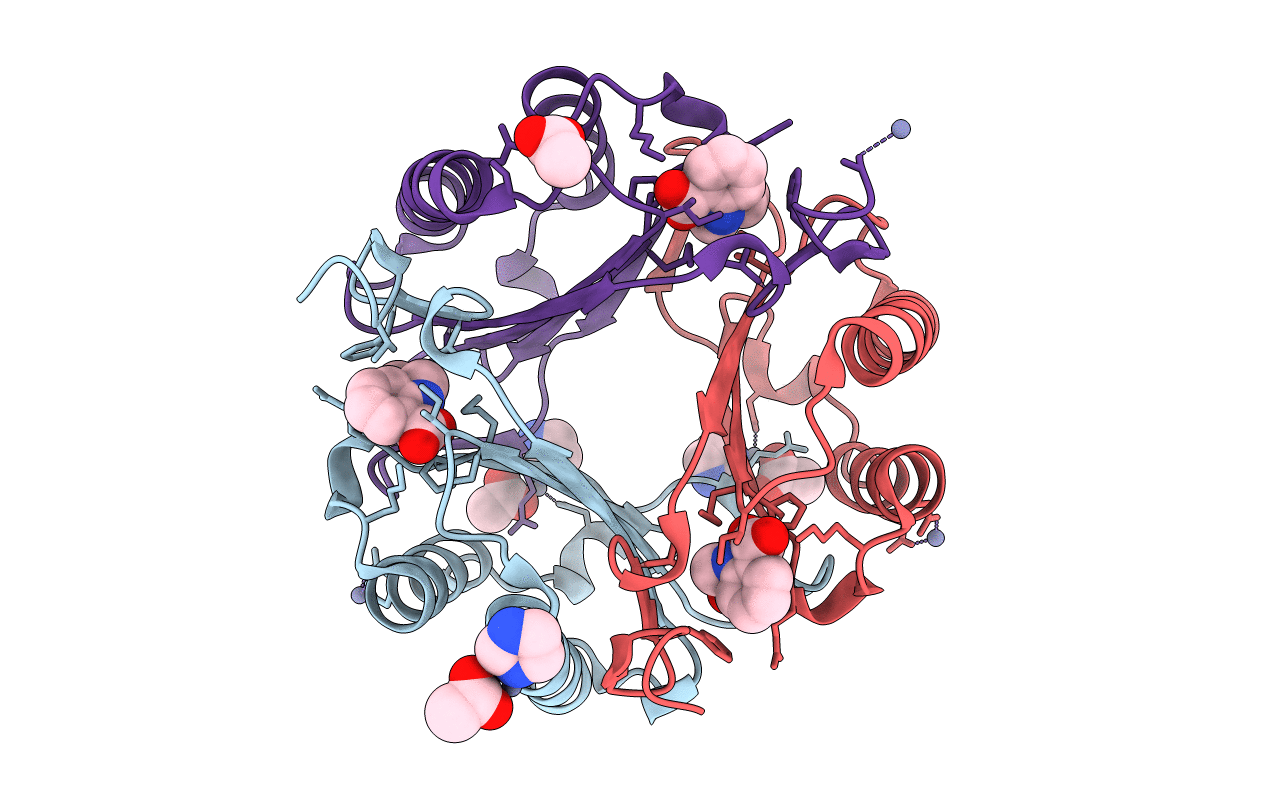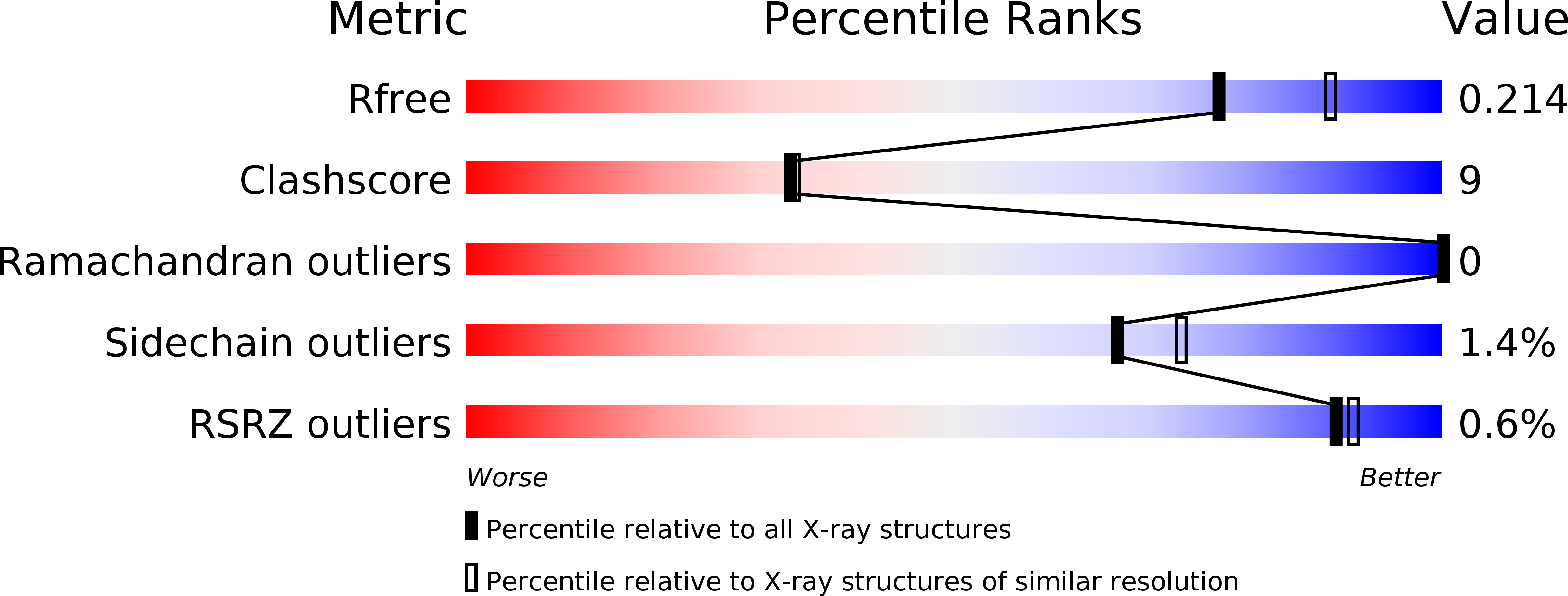
Deposition Date
2011-04-05
Release Date
2011-10-12
Last Version Date
2023-09-13
Entry Detail
PDB ID:
3RF5
Keywords:
Title:
Ancylostoma ceylanicum mif in complex with n-(2,3,4,5,6-pentafluoro-benzyl)-4-sulfamoyl-benzamide
Biological Source:
Source Organism:
Ancylostoma ceylanicum (Taxon ID: 53326)
Host Organism:
Method Details:
Experimental Method:
Resolution:
2.10 Å
R-Value Free:
0.21
R-Value Work:
0.16
R-Value Observed:
0.16
Space Group:
P 31 2 1


